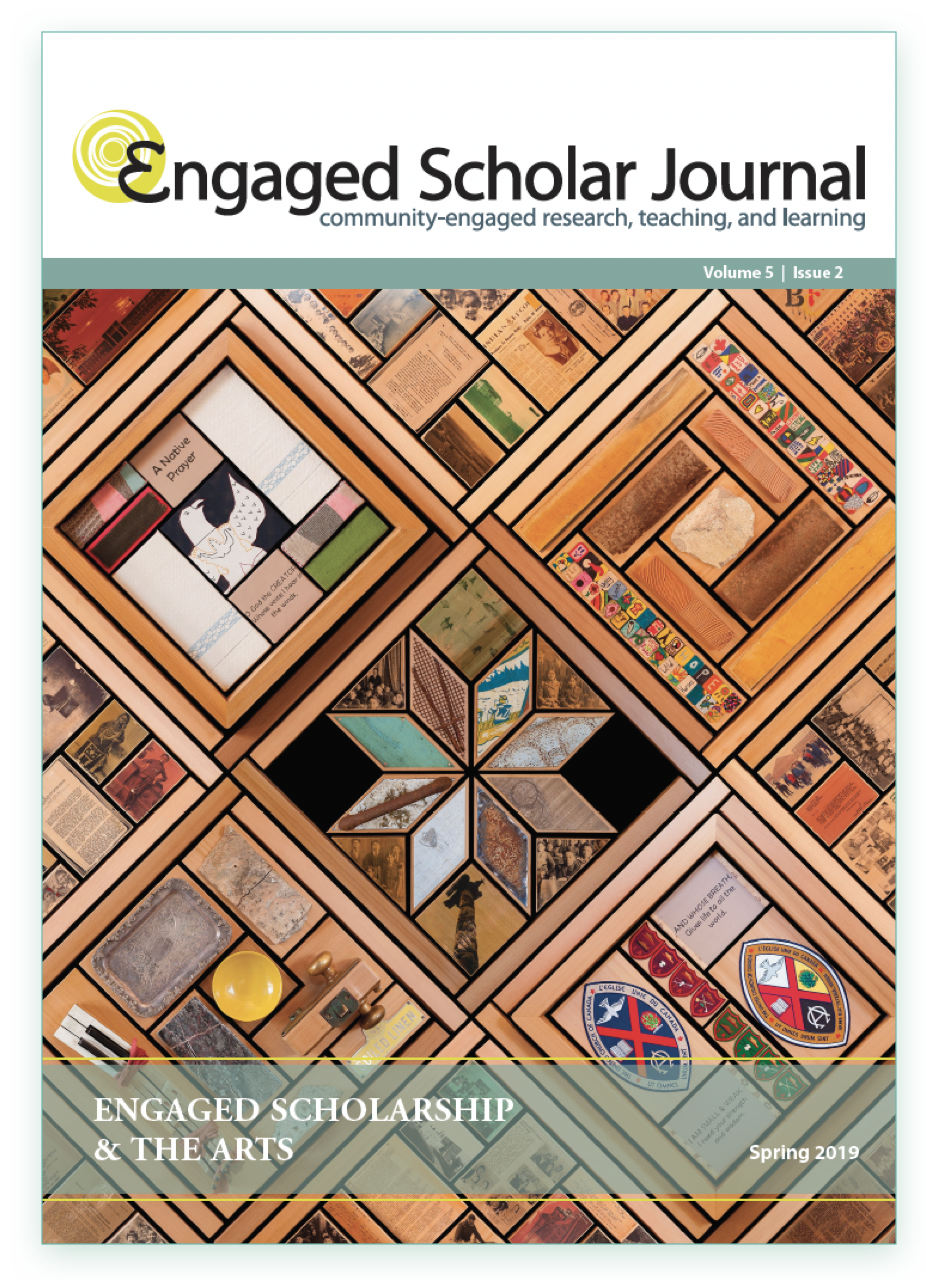Reflecting on my Assumptions and the Realities of Arts-Based Participatory Research in an Integrated Dance Community
DOI:
https://doi.org/10.15402/esj.v5i2.68345Keywords:
Arts-based research, participatory action research, integrated dance, research ethics, disabilityAbstract
The arts-based research paradigm prioritizes creativity, relationships and the potential of transformative change (Conrad & Beck, 2016). Arts-based research may be useful in disability communities where people may prefer to communicate artistically or through movement, rather than through spoken word (Eales & Peers, 2016). Participatory action research (PAR) involves researchers working with communities to create research critical of dominant power relations and responsive to the needs of communities (McIntyre, 2008). Both arts-based research and PAR value an axiological approach that is responsive to the community’s needs over a dogmatic procedure, meaning that researchers must be reflexive and responsive to the often unexpected realities of the field. Over four months in 2017, eight dancers/researchers from CRIPSiE (Collaborative Radically Integrated Performers Society in Edmonton), an integrated dance company, came together to investigate how integrated dancers practice elements of timing in rehearsal, through an arts-based, participatory process. In this paper I examine the gap between my assumptions of how research should be conducted and the reality of the field, specifically: the tension between university research ethics and the ethics of the CRIPSiE community, the differences between the value of the rehearsal process and the performance as sites of data collection, and the assumptions I had made about the necessity of a singular research question.
Downloads
Published
How to Cite
Issue
Section
License
Authors who publish with this journal agree to the following terms:
- Authors retain copyright and grant the journal right of first publication with the work simultaneously licensed under a Creative Commons Attribution License CC BY 4.0 that allows others to share the work with an acknowledgement of the work's authorship and initial publication in this journal.
- Authors are able to enter separate, additional contractual agreements for the non-exclusive distribution of the journal's published version of the work (e.g., post it to an institutional repository or publish it in a book), with an acknowledgement of its initial publication in this journal.
- Authors are permitted to post their work online (e.g., in an institutional repository or on their website) after the publication of their work in the Engaged Scholar Journal.
- Please note that while every opportunity will be taken to ensure author participation in the editing process, due to time constraints final copyediting changes may be made before publication to ensure APA adherence throughout all submissions.




